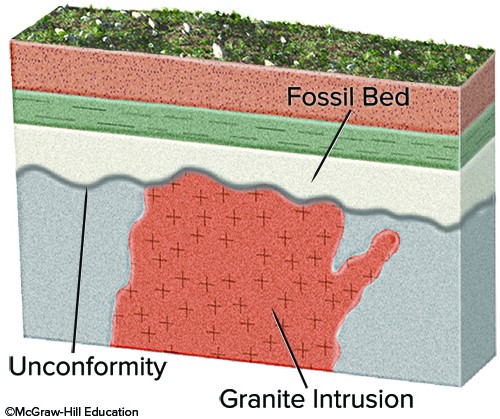Which of the following is true regarding the relationship between molecular motion, wavelength, and temperature?
A. as temperature decreases, molecular motion increases, wavelength increases
B. as temperature decreases, molecular motion decreases, wavelength decreases
C. as temperature increases, molecular motion decreases, wavelength decreases
D. as temperature increases, molecular motion increases, wavelength decreases
Answer: D
You might also like to view...
Urban growth in peripheral countries
A) often occurs at a rapid rate. B) can lead to overurbanization. C) usually is far in advance of industrial development in urban areas. D) often occurs at a rapid pace, can lead to overurbanization, and is usually far in advance of industrial development in urban areas.
In the State Plane Coordinate System, the rationale for dividing states into long, narrow zones is to
A) keep major highways in the same zone. B) put as many as possible of the state's cities in the same zone while keeping rural areas in different zones. C) ensure that each zone falls into one and only one time zone. D) minimize the distortion in drawing maps of the area.
Rock that has enough porosity and permeability to allow the easy movement of water is called a(n) _________.
Fill in the blank(s) with the appropriate word(s).
What would fossil ages from the geologic timescale and an isotopic age on the granite tell us about the age of the unconformity?
A. It is not possible to have fossils preserved so close to granite. B. The unconformity is older than the age assigned to the fossils. C. The granite is younger than the unconformity. D. The unconformity is older than the isotopic age of the granite. E. None of these choices are correct.